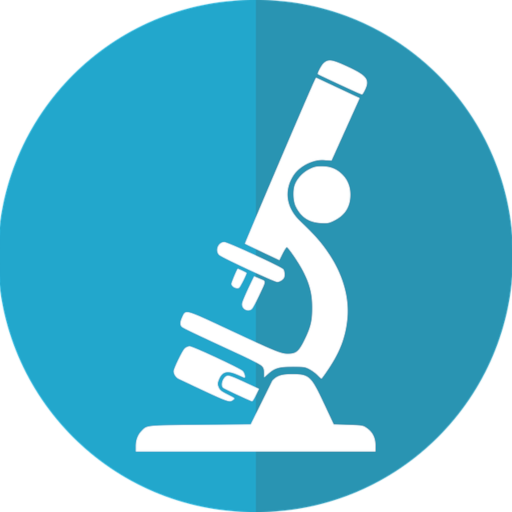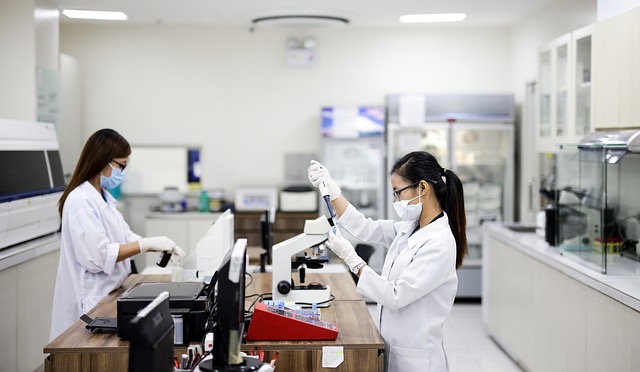We posted a blog back in May 2020 entitled Covid-19 Pandemic Helps Advocate Clinical Laboratory Professions. While the pandemic increased visibility, it also caused disruption to the workforce and had a tremendous impact on clinical laboratory education, training, and practice.
A recent report was published based on a study conducted by the American Society for Clinical Pathology (ASCP) and the University of Washington Center for Health Workforce Studies (UW CHWS). This study, funded through grants by the Siemens Healthineers Fund, utilized semi-structured interviews of six key clinical laboratory workforce focus groups: medical laboratory assistants (MLA), phlebotomy technicians (PBT), histotechnicians (HT), histotechnologists (HTL), medical laboratory technicians (MLT), and medical laboratory scientists MLS).
The goal of the study was to identify pathways leading to various clinical laboratory careers (and any barriers that may exist), determine necessary factors and support for diversity and retention of the clinical laboratory workforce, and examine opportunities for professional development.
According to the report, “if implemented, actions in these areas will likely contribute to increases in the availability of clinical laboratory workforce supply and strengthen the pathways into and among these careers long into the future.”
We encourage anyone interested in, or currently working in, the clinical laboratory to read the complete ASCP/UW CHWS report. For those more interested in a brief synopsis of the study, please check out the executive summary of the ASCP/UW CHWS report.

